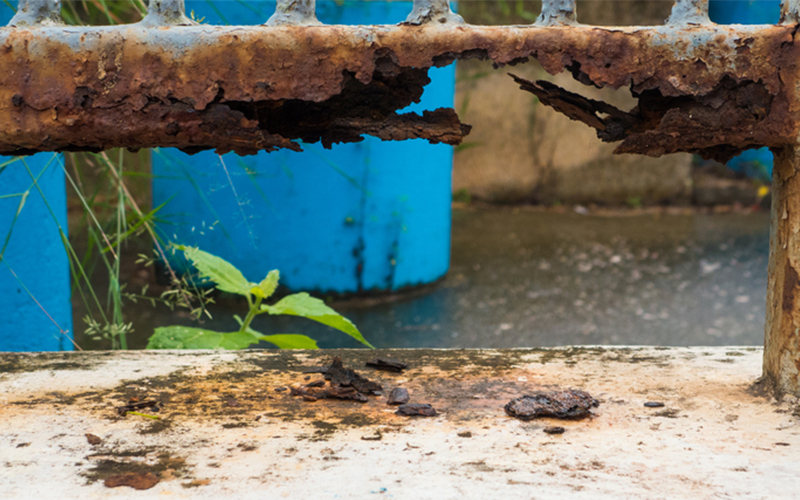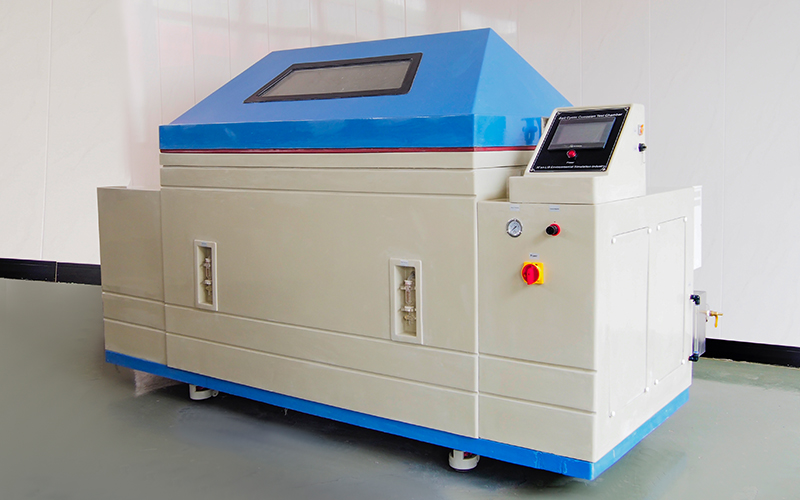

Whether it is steel structure protection in the construction field, body coating in the automotive industry, or anti-corrosion treatment of electronic equipment, the quality of paint is directly related to the durability, aesthetics and safety of the product. Therefore, it is very important to establish an effective coating quality assurance system, and the salt spray chamber test is a key part of it.
The core principle of salt cycle corrosion tester test is to simulate a bad salt spray environment, so as to check the corrosion resistance of coatings. The simulation of salt spray environment is realized by specially designed salt spray chamber equipment.

The spray tower can atomize NACL solution into tiny droplets and evenly distribute them in the test chamber. At the same time, specific temperature and humidity conditions are created through accurate temperature and humidity control system, temperature is controlled from +10℃ to +90℃and humidity is adjustable from 30% to 98%RH.
From the corrosion principle, the destruction of the coating by salt spray is a complex physical and chemical process. In terms of physics, the tiny droplets in the salt spray will gradually penetrate into the pores, tiny cracks and other defects of the coating by relying on their own kinetic energy and capillary action, and continue to accumulate at the interface between the coating and the substrate.

Over time, this accumulation will produce osmotic pressure, resulting in foaming, peeling and other phenomena of the coating, which will directly expose the substrate to the salt spray environment, greatly accelerating the corrosion process. At the same time, the solid particles or high-speed droplets in the salt spray continue to impact the coating surface, which will cause the wear of the coating surface under long-term action, destroy its integrity, and greatly reduce the protective performance of the coating.
At the chemical level, electrolytes such as sodium chloride in the salt spray form a thin electrolyte film on the surface of the coating, which forms an electrochemical corrosion battery with the metal substrate. In this electrochemical system, the metal substrate is gradually corroded as the anode oxidation reaction, while the cathode reduction reaction occurs. This electrochemical corrosion process will rapidly destroy the binding force between the coating and the substrate, so that the coating loses its protective effect on the substrate.

In addition, the oxygen in the salt spray will oxidize with some organic or inorganic components in the coating, resulting in aging and degradation of the coating, which significantly reduces its original corrosion resistance and mechanical properties. In addition, some coating materials may dissolve under the action of the chemical composition of the salt spray, resulting in thinning of the coating, defects, and plummeting protective ability.
In the salt spray chamber test, the setting of test parameters is very important. The commonly used salt spray concentration is 5% sodium chloride solution, but different paint types and application scenarios may vary.

The setting of the temperature is usually based on the relevant standards and the actual use of environmental simulation requirements, such as the aforementioned 35 ° C, which will affect the evaporation rate of the salt spray, the chemical reaction rate and the physical properties of the coating. The high humidity environment contributes to the formation and maintenance of salt spray, and the humidity of about 95% can better simulate the humid corrosion environment.
Spray time can range from a few hours to thousands of hours, such as 48 hours or 72 hours for some general protective coatings, while for some very demanding special coatings or long-term outdoor use of product coatings, it may be necessary to perform up to 1000 hours or more of salt spray test.
In the sample preparation process, we must first carefully select a representative sample, and its material, shape, surface treatment state, etc. should be consistent with the actual product or application scenario as far as possible. The selected samples need to undergo strict pre-treatment, such as grinding, cleaning, oil removal, etc., in order to remove surface impurities and pollutants to ensure the accuracy and reliability of the test results. Then the coating is evenly coated on the surface of the sample according to the specified process requirements, and is dried under specific conditions to make the coating reach the specified thickness and performance state.
During the test procedure, the prepared sample is carefully placed in the specified position in the salt cycle corrosion tester to ensure that each sample can be fully exposed to the salt spray environment without interference. In the course of the test, it is necessary to observe the surface changes of the sample regularly, including the color, luster of the coating, whether there are bubbles, peeling, rust and other phenomena, and record the time, location and degree of these changes in detail, so as to accurately evaluate and analyze the subsequent test results.
 English
English русский
русский français
français العربية
العربية Deutsch
Deutsch Español
Español


